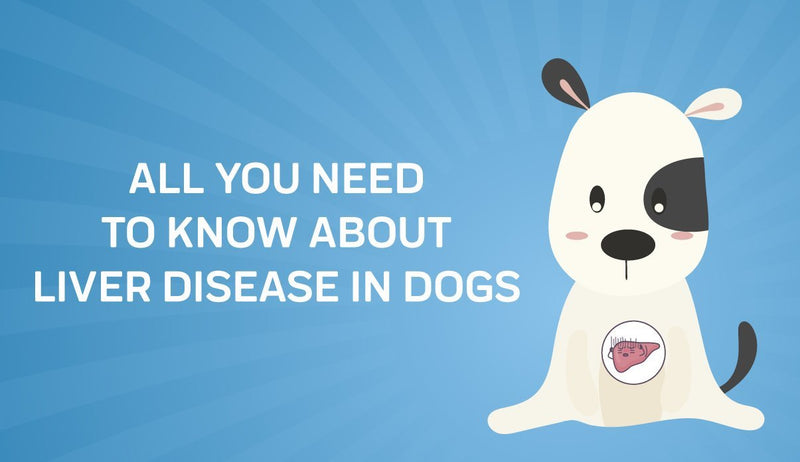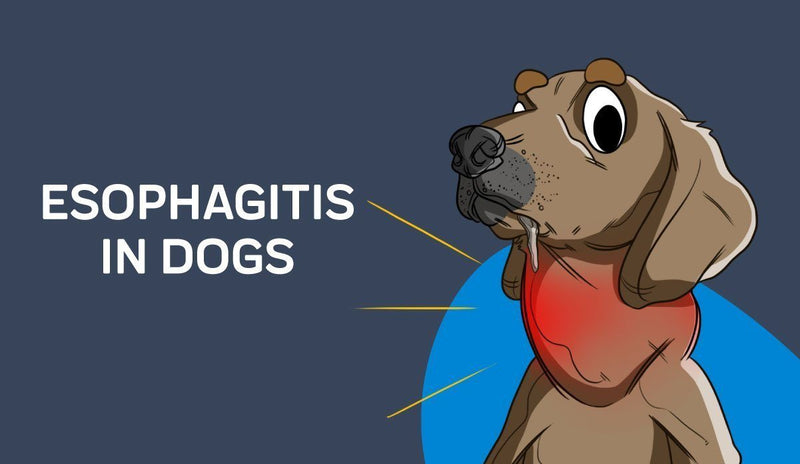
Buying any brand of dog food requires a lot of trust on your behalf. You want to trust the brand of food your buying for your pup and you certainly want to trust that what is on the nutrition label is actually in the food itself.
According to DogTime.com a study of 20 leading dog food brands revealed that commercial pet food doesn’t always contain the same nutritional value that’s reported and placed on labels, in particular, accurate levels of salt content and carbohydrates. In fact, as many as 30 percent of those brands don’t even register salt content on their labels at all — a potentially dangerous move considering high salt consumption can be increasingly harmful to canines and some owners deliberately seek out no-salt foods for their pets. Amongst the possible consequences of high salt consumption for dogs is hypertension, kidney issues, and even heart diseases. Fat content is also something that tends to be left off of nutrition labels for dog food altogether, lead researcher, Veterinary Consultant Dr. Eric Jackson said.
The lesson in all of this, if nothing else, is that we all should give more attention to the labels of the dog food we buy. Even if you’re not consciously staying away from specific ingredients, knowing what goes into your pet’s food will be a much stronger starting point to troubleshoot health problems that may arise. Of course, if your pup isn’t getting what is advertised on the label anyway, then what good does it do you, you might ask? Having any kind of baseline knowledge of what may or may not be in your dog’s diet is going to help vets pinpoint potential sources of health risks. Even knowing where pet foods are made is a useful tool for them, with a recent PetMD survey revealing that 98 percent of pet owners say they want ingredients that either come from the United States or are from other countries with similar strict standards. According to Vice President of Operations for the ASPCA Animal Poison Control Center and head of the ASPCA’s Pet Nutrition Services, Mindy Bough, the Federal Trade Commission (FTC) regulates “Made in the USA” claims on all products that are human or pet related. Everything from the packaging to the ingredients and production of the food must be carried through in the United States in order to earn that label, she says. And that subjecting the maker to being reviewed by organizations like the Association of American Feed Control Officials (AAFCO), which has very specific guidelines for the allowed percentages of named ingredients on a label, serving as another step to ensure consumers get exactly what’s on the nutrition and ingredients label.
Another good thing to be aware of, according to PetMD, is understanding the difference between a label that reads “Manufactured By” versus a label that says “Manufactured For.” A label that says “manufactured for” or “distributed by” indicates the food was actually manufactured by somebody other than the brand you’re purchasing from — a common practice by private label pet food labels, apparently. A “manufactured by” mark denotes the “party responsible for the quality and safety of the product and location,” according to the FDA. For the attentive and aware pet owner, this all adds up to both knowing exactly what’s in the food you’re feeding your dog as well as having a direct source for asking questions about their food when concerns arise. For many people, this offers peace of mind that they’re getting safe food.
So what are your dog’s nutritional needs? Well, most of us don’t actually know. Their macronutrient breakdowns and caloric needs are obviously going to be different from our own, so minding a dog’s diet and learning how much of this and how little of that they need on a daily basis can be a tough task for some to take on. In fact, according to PetMD, as much as 80 percent of dog owners are under the common misconception that dog nutrition actually mirrors human nutrition. Meanwhile, less than 10 percent of dog owners are informed and aware of the correct proportions of key nutrients in a dog’s diet.
“Because of the lack of an accord on this subject within the canine nutrition community, we feel that the best approach is for individual dog owners to learn as much as they can,” Susan Eskew wrote in a review of the “Zone Diet,” driving in the idea that there’s no one perfect diet for any dog just like there’s no one-size-fits-all diet for people. Basic calorie calculators and even macronutrient calculators are easy finds on the internet these days, helping pet owners narrow down the specific targets for their four-legged friends.
A general rule of thumb for doggy diets will have canines taking in about 18 to 25 percent protein and a minimum of 10 to 15 percent fats, with the rest, of course, being carbohydrates. And no matter what, you, of course, need to make sure your pup is getting plenty of water and staying hydrated no matter the type of diet they’re on.
“Pet foods offering high meat content can contain a considerable amount of protein, which may not be suitable for your dog if they have kidney or liver issues,” Dr. Jackson said in an interview. “It’s important to seek advice from your vet, contact the brand, or carry out a dry matter basis test (DMB) if you’re unsure.”
To Dr. Jackson’s point, the protein ratio in a dog’s diet might be the easiest for many owners to overlook or be ill-informed of. Since we think of dogs as being so closely related to their wild carnivore ancestors, many people in that 80 percent group probably imagine their pet could happily survive off of raw meats from sun up to sun down. PetMD says this is a simple myth perpetrated by advertising and pet food companies, and our canine friends are actually omnivores that are healthiest when they have a truly balanced diet.

















